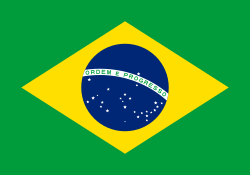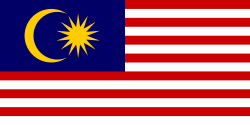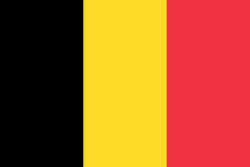Japans Grand Prix 2004
| Datum | 10 oktober 2004 |
|---|---|
| Bana | Suzuka Circuit |
| Sträcka | 53 × 5,807 - 0,198 = 307,573 km |
| Vinnare | Michael Schumacher, Ferrari |
| Pole position | Michael Schumacher, Ferrari |
| Snabbaste varv | Rubens Barrichello, Ferrari, 1:32,730 |
| Temperatur | luften 26°C, banan 34°C |
Japans Grand Prix 2004 var det sjuttonde av 18 lopp ingående i formel 1-VM 2004.
Rapport
Tidsträningen fick ställas in på lördagen på grund av en orkan över Japan och kördes istället på söndagen några timmar före loppet. Michael Schumacher i Ferrari var snabbast och fick därmed pole position, vilket bäddade för hans trettonde seger under säsongen.
Resultat
- Michael Schumacher, Ferrari, 10 poäng
- Ralf Schumacher, Williams-BMW, 8
- Jenson Button, BAR-Honda, 6
- Takuma Sato, BAR-Honda, 5
- Fernando Alonso, Renault, 4
- Kimi Räikkönen, McLaren-Mercedes, 3
- Juan Pablo Montoya, Williams-BMW, 2
- Giancarlo Fisichella, Sauber-Petronas, 1
- Felipe Massa, Sauber-Petronas
- Jacques Villeneuve, Renault
- Jarno Trulli, Toyota
- Christian Klien, Jaguar-Cosworth
- Nick Heidfeld, Jordan-Ford
- Olivier Panis, Toyota
- Timo Glock, Jordan-Ford
- Gianmaria Bruni, Minardi-Cosworth
Förare som bröt loppet
- Zsolt Baumgartner, Minardi-Cosworth (varv 41, snurrade av)
- David Coulthard, McLaren-Mercedes (38, olycka)
- Rubens Barrichello, Ferrari (38, olycka)
- Mark Webber, Jaguar-Cosworth (20, teknik)
VM-ställning
Förarmästerskapet
| Konstruktörsmästerskapet |
| ||||||||
Media som används på denna webbplats
The Flag of Europe is the flag and emblem of the European Union (EU) and Council of Europe (CoE). It consists of a circle of 12 golden (yellow) stars on a blue background. It was created in 1955 by the CoE and adopted by the EU, then the European Communities, in the 1980s.
The CoE and EU are distinct in membership and nature. The CoE is a 47-member international organisation dealing with human rights and rule of law, while the EU is a quasi-federal union of 27 states focused on economic integration and political cooperation. Today, the flag is mostly associated with the latter.
It was the intention of the CoE that the flag should come to represent Europe as a whole, and since its adoption the membership of the CoE covers nearly the entire continent. This is why the EU adopted the same flag. The flag has been used to represent Europe in sporting events and as a pro-democracy banner outside the Union.The civil ensign and flag of Belgium. It is identical to Image:Flag of Belgium.svg except that it has a 2:3 ratio, instead of 13:15.


















